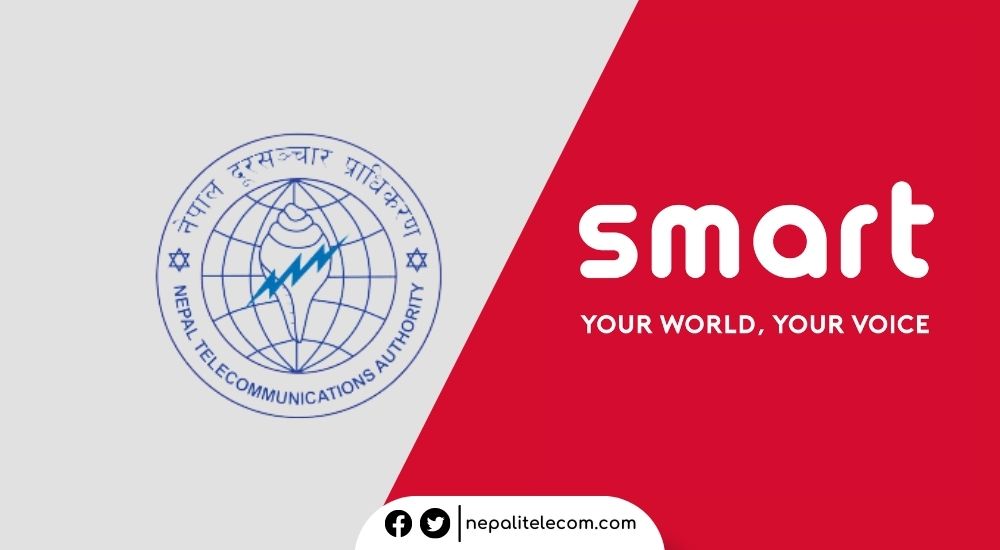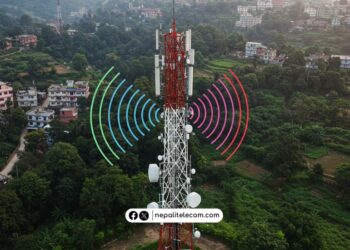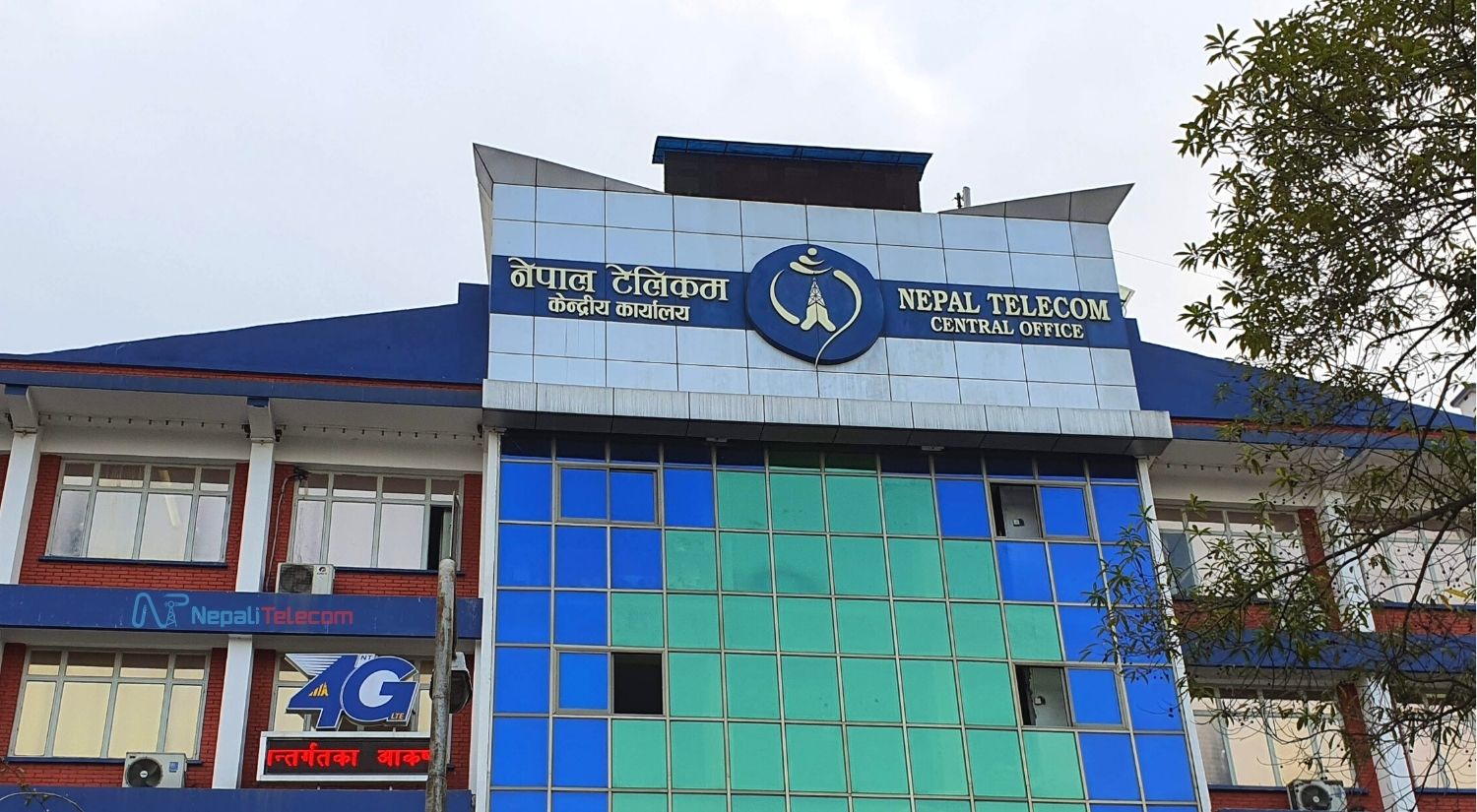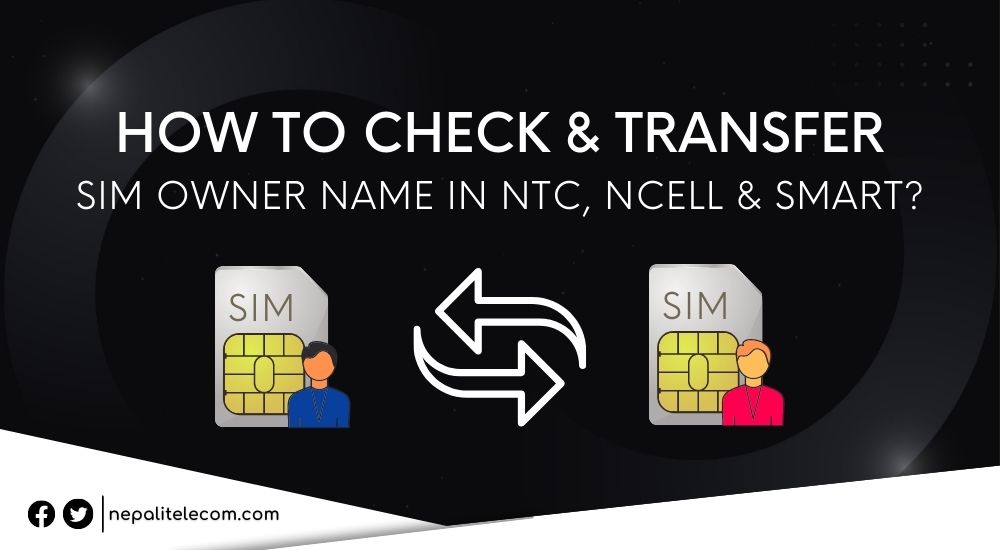Mahabir pun, the winner of Magsaysay award, is one of the most prestigious, independent and dedicated personnel in Nepal to develop the communication services (internet) in remote mountainous areas. He has been working continuously to establish a wireless network in rural Nepal and provide ICT services to the people living in those areas.
He was successful in overcoming the challenges (the insurgency, the remoteness, unavailability of electricity, computers etc), to provide wireless communication in more than 100 villages by Wi-Fi technology. The first was his own village Nangi (in Myagdi district of Nepal) and after expansion, he was able to use the Internet for distant learning in schools, health care, e-commerce, and weather monitoring.
Ever since he has been lobbying government and different organization in support of the extension of wireless services to several unconnected remote villages.
Now that it is a world trend for the use of TV white space technology for rural broadband internet connection, Mr. Pun is certain that the TVWS can be used for the wide extension of the rural broadband coverage. Such is not feasible from a cellular network or optical fiber network. He expressed his dissatisfaction over the non-utilization of the Remote telecommunication development fund (RTDF) for the betterment of remote wireless connectivity.
As known, he has already put forward both of his demands (TVWS and RTDF) to the Ministry of Information and Communication. Broadband connectivity has a great impact on the economy. So, using the RTDF in white space technology for wider broadband connection in remote areas will boost up the economy of the country as a whole.
What is TV whitespace?
TVWS (TV white spaces) refers to the unused frequencies in Television broadcasting that are either between the already operational TV channels or freed from usage due to the switching of analog to digital TV. It could co-exist in between those TV channels by making it dynamic allocation through spectrum sensing or power limitations.
The unused frequencies between 50 MHz to 700 MHz has better propagation characteristics. So it has better penetration and provides better coverage (indoors and outdoors) without high investment in infrastructure. So, TVWS is idle for the middle mile backhauling for cellular/WiFi or Super WiFi in remote areas. The cost-effective way of providing remote wireless connectivity will bridge the digital divide in the country.
The technology can be also used for emergency communication at the time of disaster. Microsoft, one of the partners in the white space coalition (already used in 15 countries) is planning to roll out the technology on a massive scale in India (done with the pilot) but the issue of the free spectrum is hindering the deployment on that scale.
Check out all the frequency spectrum bands used in Nepal for cellular technology.











